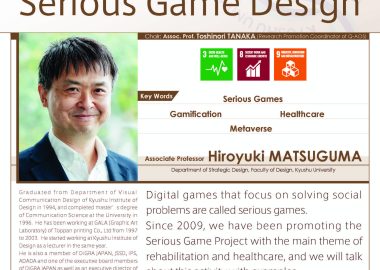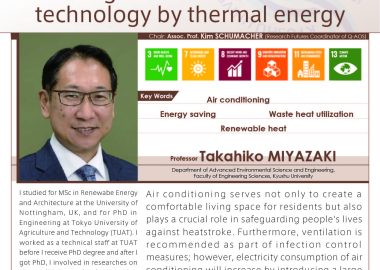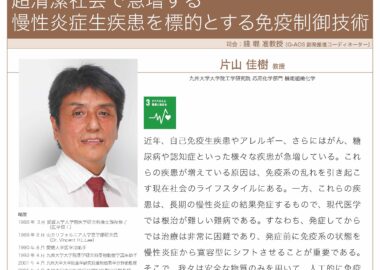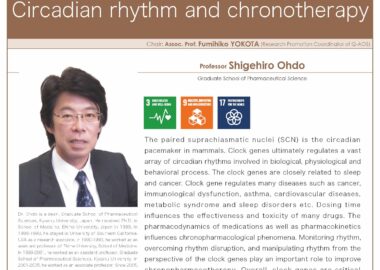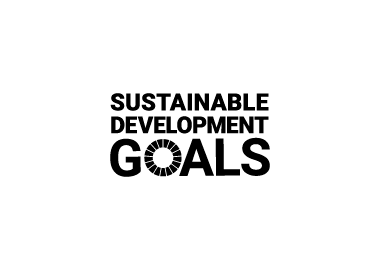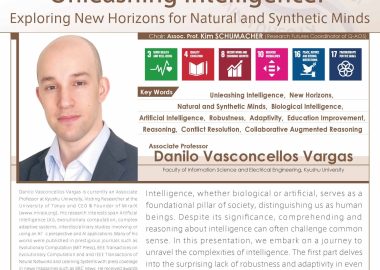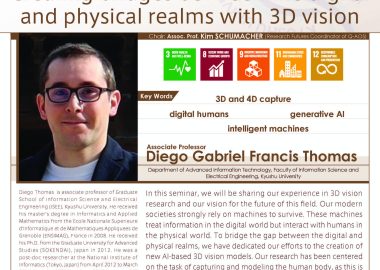~Researchers develop the Hikikomori Diagnostic Evaluation, or HiDE, as a diagnostic tool to better identify the pathology of extended social withdrawal, known as Hikikomori ~
Fukuoka, Japan—Researchers at Kyushu University have developed a new tool to help clinicians and researchers assess individuals for pathological social withdrawal, known as Hikikomori. The tool, called Hikikomori Diagnostic Evaluation, or HiDE, can be a practical guide on collecting information on this globally growing pathology.
Hikikomori is a condition characterized by sustained physical isolation or social withdrawal for a period exceeding six months. It was first defined in Japan in 1998, and while thought to be a Japan specific ‘culture-bound’ syndrome, recent evidence has shown a marked growth of it worldwide. Researchers and medical professionals also fear that the recent COVID-19 pandemic has compounded the increase of hikikomori patients across the globe.
However, there is yet to be a standardized tool to identify the hikikomori pathology. The new HiDE assessment tool, developed by Associate Professor Takahiro A. Kato of the Graduate School of Medical Sciences and published in World Psychiatry, is intended to be the next step in a transcultural tool to help identify and assess hikikomori individuals.
In 2013, the Kyushu University hospital established the world’s first outpatient clinic for hikikomori in the hopes to research the pathology and find better methods of treatment. Over the years, Kato and his team have developed different methods for early detection of hikikomori and has even been investigating possible biomarkers of the pathology.
“HiDE is a questionnaire we’ve been developing at our clinic at the University Hospital. We’ve refined it over the years, and today it takes roughly 5-20 minutes to complete depending on the answers,” explains Kato. “It’s primarily divided into two sections. The first section looks at the features of the patient’s behavior to see if they exhibit hikikomori. The second section is used to help us gain context to the patient’s extent of social withdrawal.”
The team has also added a screening form to the HiDE in case clinicians lack the time to administer the entire tool. They suggest that the full questionnaire be administered to patients who respond that they ‘spend one hour or less per day out of their home, at least three days a week’ and that ‘their family, others, or are personally bothered by this.’
“The HiDE has proven to be an indispensable tool for the structured assessment of pathological social withdrawal in our clinical practice and research. But more empirical studies must be done to assess its validity beyond our practice,” concludes Kato. “We would like to see this used by our colleagues around the world, so we can work to refine the tool. Hikikomori is becoming a global phenomenon, and a collective effort in recognizing and treating hikikomori is going to be vital.”
Research-related inquiries
Takahiro A. Kato, Associate Professor
Department of Clinical Medicine,Faculty of Medical Sciences
Contact information can also be found in the full release



